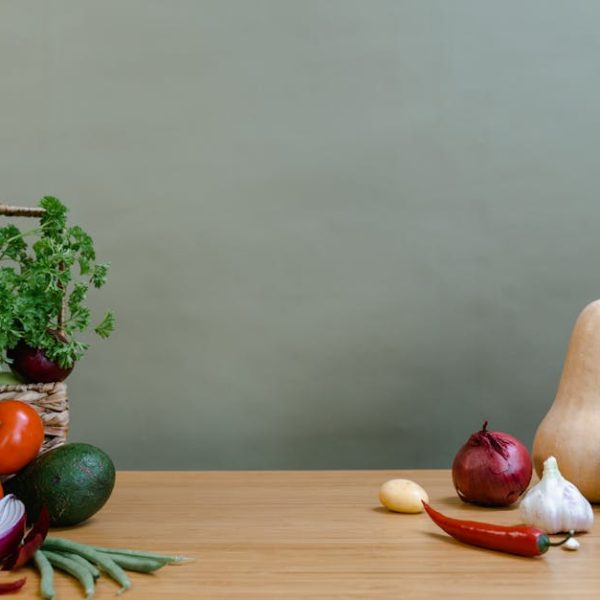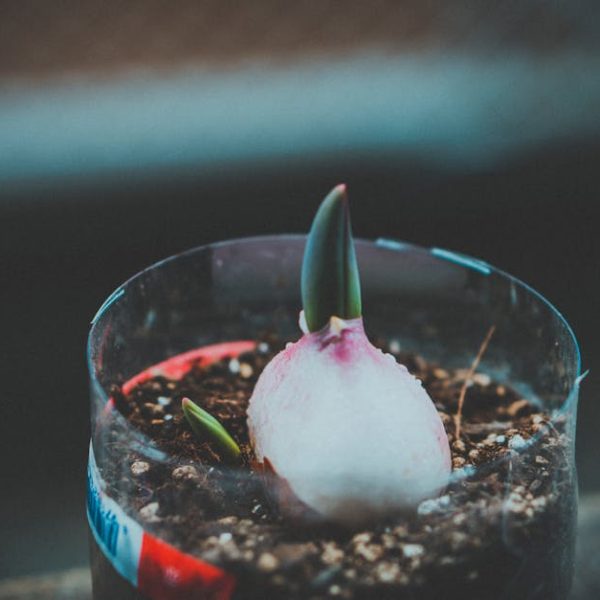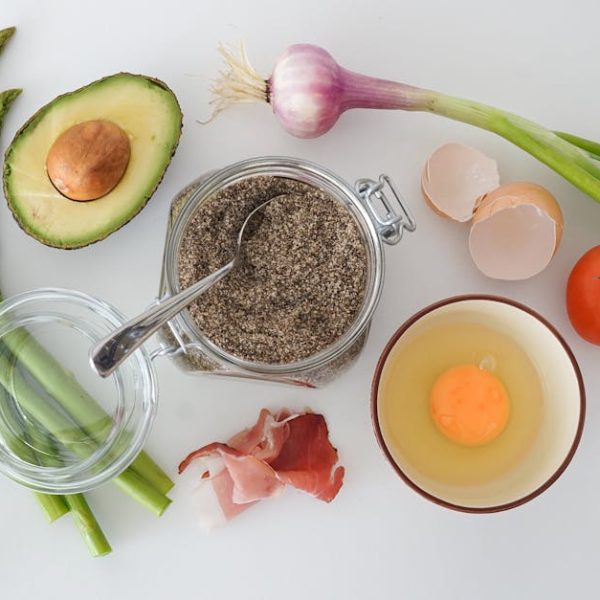At a glance, the tomato may appear as a simple, red fruit. However, a pore closer reveals a world of fascinating complexity. On average, tomatoes are typically about 5-10 cm in diameter, although size can vary widely. While we commonly associate tomatoes with the color red, these fruits come in a rainbow of colors, including yellow, orange, green, purple, and even black. As you slice a tomato, a thin, smooth skin gives way to a juicy pulp that houses numerous small seeds.
Here are some common types of tomatoes:
- Roma: Known as the classic pizza tomato, these are firm and meaty with few seeds.
- Cherry: Tiny but packed with flavor, these are perfect for salads.
- Beefsteak: As the largest variety, they are ideal for slicing and dicing.
Pro Tip: When picking fresh tomatoes, look for bright, uniform color and firm, blemish-free skin. A ripe tomato will have a distinct, sweet aroma.
The Nutritional Content of Tomatoes
Tomatoes are more than just a refreshing addition to your salad; they’re a powerhouse of nutrients as well. Dubbed a ‘functional food’ for their health-promoting properties, tomatoes are rich in essential vitamins and minerals, including vitamin C, potassium, folate, and vitamin K. They’re also packed with antioxidants, such as lycopene, which gives them their vibrant red color and is linked to various health benefits.
Here’s a quick nutritional comparison of various tomatoes per 100 grams, raw:TypeCaloriesVitamin C (mg)Lycopene (mg)
| Roma | 18 | 22.9 | 2573 |
| Cherry | 18 | 13.7 | 3041 |
| Beefsteak | 22 | 13.7 | 2573 |
Best Practices: To retain tomatoes’ nutritional content, store at room temperature away from direct sunlight until ripe, then refrigerate. Try not to overcook, as high heat can degrade some nutrients.
Historical and Cultural Significance of Tomatoes
Believe it or not, tomatoes have a complex and rich history. They first sprouted in South America, specifically the region now known as Peru and Ecuador. From there, tomatoes journeyed to Mexico, where they became a staple ingredient in many traditional dishes. It was not until the 16th century that tomatoes took their culinary journey to Europe and eventually gained acceptance worldwide.
In addition to their historical journey, tomatoes hold significant cultural value too. In Italy, for instance, tomatoes form the backbone of many classic dishes, from pasta sauces to caprese salads, while in Mexican cuisine, they’re integral to salsas, stews, and more.
Pros and Cons: In Italian cuisine, tomatoes are usually cooked to create rich, deep flavors, while Mexican recipes often involve raw tomatoes for a fresh, vibrant taste.
Tomatoes: Health Benefits and Risks
Incorporating tomatoes into your diet offers numerous health benefits. Thanks to their rich lycopene content, tomatoes have been linked to reduced risk of heart disease and cancer. Additionally, their high vitamin C and other antioxidants content aids in skin health, boosting collagen production and providing protection against sun damage.
However, despite all the positives, there are potential downsides to consuming tomatoes. Some individuals may develop a sensitivity or allergy to tomatoes. Symptoms can range from mild, such as itching or rashes, to severe, including difficulty breathing or anaphylaxis. Furthermore, tomatoes are highly acidic, which can exacerbate acid reflux or heartburn.
Checklist:
- Monitor for itching, hives, or skin redness after eating tomatoes
- Watch for digestive discomfort like heartburn or bloating
- Pay attention to more severe reactions like respiratory issues or dizziness
Growing Your Own Tomatoes
Ever fancied growing your own tomatoes? Not only is it rewarding, but it’s also surprisingly easy! First, you’ll need to select the right variety based on your preferences and growing conditions. Next, find a spot in your garden (or pot for balcony gardeners) that receives at least 6 hours of sunlight daily.
The entire process from planting to picking generally takes between 60-85 days depending on the tomato type. Remember to water regularly, provide ample space for growth, and support your plants with stakes or cages to prevent them from toppling over.
Here’s a step-by-step guide to growing your own tomatoes:
- Choose the right tomato seeds based on your preferences and conditions
- Plant the seeds in a pot filled with quality potting mix. Water thoroughly
- Place the pot in a sunny area, watering regularly but do not overwater
- After the plant has grown 2-3 inches, transplant it outdoors in a larger pot or garden bed
- Provide a stake for the plant to climb and support it as it grows
Pro Tip: The best time to plant tomatoes is in early spring, once the threat of frost has passed. If you live in a hotter climate, try planting in the cooler months for a winter harvest.
Key Takeaway:
- Tomatoes are versatile fruits that come in various sizes and colors, and are known for their rich nutritional content, including essential vitamins, minerals, and antioxidants.
- Tomatoes have a rich historical and cultural significance, originating from South America, being widely used in cuisines around the world.
- Incorporating tomatoes into one’s diet offers numerous health benefits, although potential downsides like allergies should be monitored.
- Growing your own tomatoes is an achievable task, with careful selection of varieties and attention to growing conditions.
Remember, tomatoes are a staple ingredient that can enhance any meal while providing substantial health benefits. If you enjoy gardening, consider growing your own tomato plants and reaping the fruits of your labor. It can be a rewarding experience both in taste and nutrition.
FAQs
Q: What is the best way to consume tomatoes to get the maximum nutritional benefits?
A: The best way is to consume them raw or lightly cooked to preserve their nutrient content. Overcooking can degrade some nutrients.
Q: Do the colors of tomatoes indicate different nutritional values?
A: Yes, different colored tomatoes may contain varying levels of certain nutrients and antioxidants. For example, red tomatoes are known for their high lycopene content.
Q: Are there non-edible varieties of tomatoes?
A: All tomato plants produce edible fruits, but some varieties may not taste as good as others or might require specific preparation methods.
Q: How do I handle tomato allergies?
A: If you suspect an allergy to tomatoes, seek medical advice. If confirmed, avoid consuming tomatoes and products containing them.
Q: Can tomatoes be grown indoors?
A: Absolutely. With proper care, lighting, and temperature control, you can grow tomatoes indoors.
Share this article with your friends and explore more informative posts on our website.






